Digital cameras have a variety of features. The example shown here is a Canon PoweShot SD780 IS with 12.1 megapixel images. A pixel is a picture element or dot in an image. This is a measure of resolution and refers to the number light sensitive spots that combine to form the image inside the camera. 12.1 megapixels is 12.1 million pixels or dots. This number can be found by multiplying together the width and height of the largest image that the camera is able to produce. For instance, a 5 megapixel camera like the Cannon PowerShot A530 has a maximum image size of 2592 x 1944 dots. This gives us 5,038,848 pixels, a resolution that should be fine for an 8x10 inch print. Here are a few sample images to help you see typical image sizes. You might prefer to set your camera to the smallest image size that will meet your needs. This will allow you to store more images in the camera's memory because each image will take up less space. But you have to remember to change the setting if you need higher resolution for another project at a later date. Note that if your computer screen is set to 1280x1024, that is about 1/4 the size of a 5 megapixel resolution.
Some cameras have optical and digital zoom. The digital zoom uses computing power to simulate more telephoto effect than the camera's optics can really produce. This results of digital zoom do not tend to be very good.
A USB cable connects the camera to a computer via a USB port to transfer images.
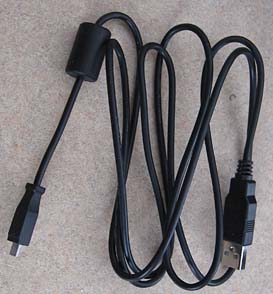
Canon PowerShot A530, 5 megapixels, 4x optical zoom
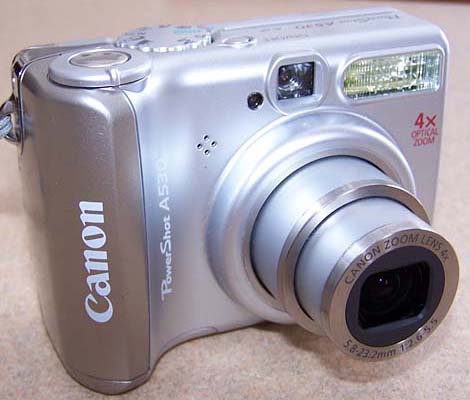 |
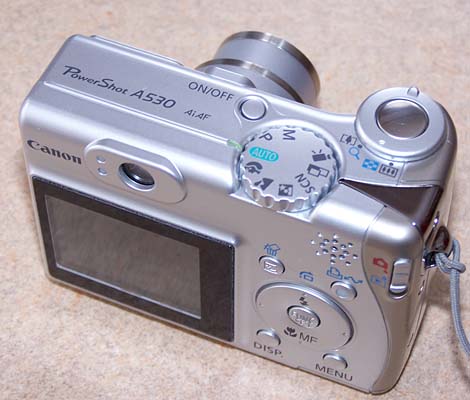 |
The Canon PowerShot is a 5 megapixel camera, that is still much more powerful than is generally needed for web development work.
Canon PoweShot SD780 IS, 12.1 megapixels, 3x optical zoom
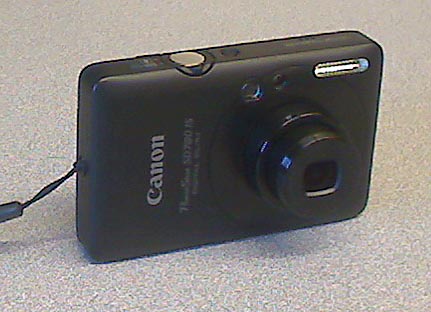 |
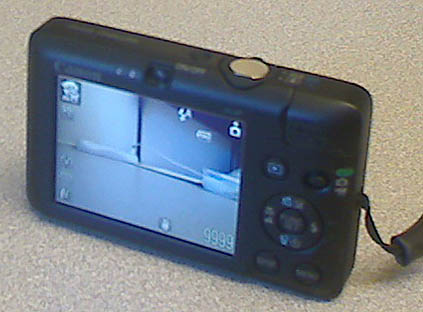 |
The Canon PoweShot SD780 IS has 12.1 megapixel images, is even smaller. It can capture widescreen high definition video.
Your digital camera may come with software for downloading and managing your pictures. Windows also has built-in software for transferring images from a camera or scanner. This one requires a USB cable or a memory card reader to transfer images.
Today's 16 megapixel cameras can take pictures at 4608 x 3456 pixels. By contrast, today's wide computer screens are 1920 x 1050 pixels (much smaller than the photo). Newer digital cameras such as the 16 megapixel PowerShot ELPH340HS have built-in WIFI to transfer photos without cables. Although it has the same resolution as the cell phone shown below, it has a better lens. |
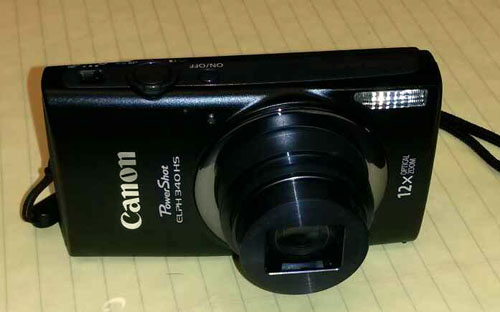 |
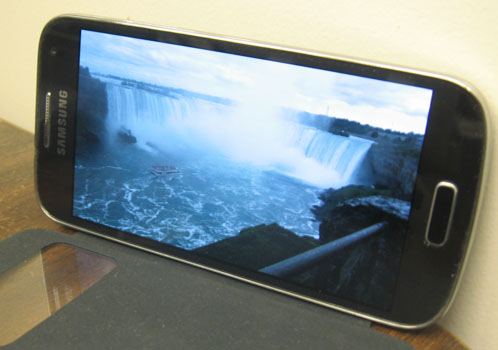
|
A cell phone like a Samsung Galaxy or iPhone can take images that are easily of high enough quality for web projects. The S5 or S6 captures 16 megapixel images, while the S7 and S8 are 12 megapixel cameras. A wireless connection from the phone to your computer (for example using AirDroid for Android or WIFI Photo Transfer for iPhone or iPad) can allow fast and easy transfer of images. Even better, using cloud computing (Dropbox, Onedrive, iCloud, etc.), you can have images from your phone automatically uploaded to your other devices without having to do anything. Newer digital cameras such as the 16 megapixel PowerShot ELPH340HS have built-in WIFI to transfer photos without cables. Although it has the same resolution as this cell phone, it has a much better lens. |